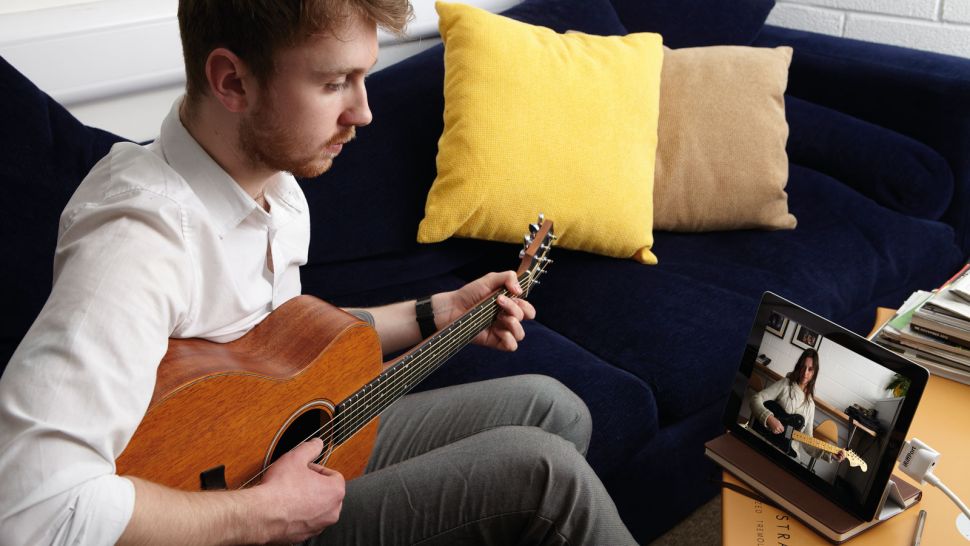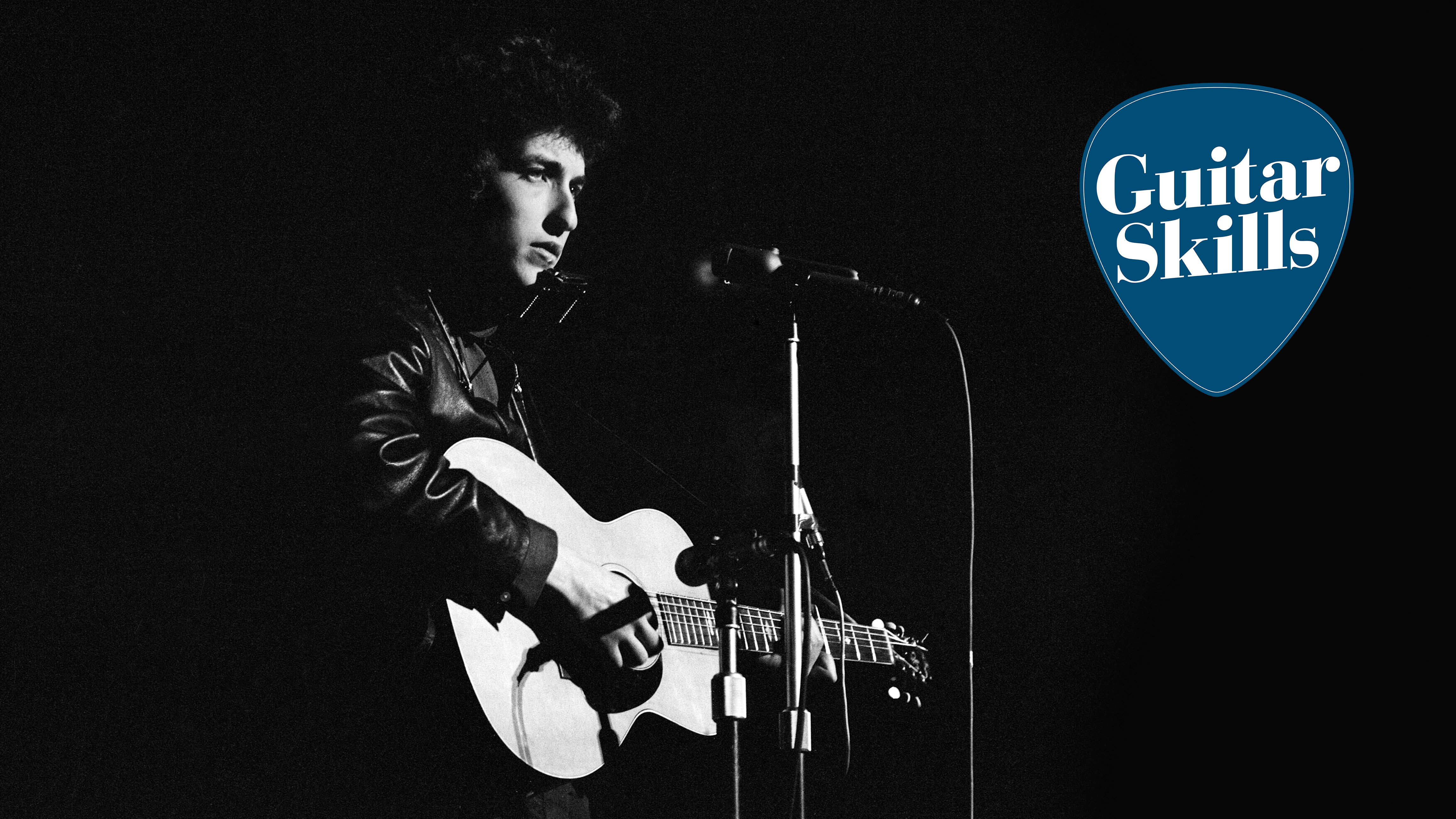
In the early stages of playing acoustic and electric guitar, learning songs is a fantastic way to develop your skills. Learning songs help you improve your chord changes, your timing, your rhythm and they also just allow you to expand your mind and dig into songs through the eyes of other songwriters.

The ultimate beginner guitar lesson: 11 essential steps to get started as a new guitarist today
One thing a lot of newer players might find difficult is finding songs that suit their ability level. In this lesson we’re going to dig into 10 songs that are all built using basic chords.
Each of the songs can also be played from start to finish with a single chord pattern.
For the purpose of this lesson, some of these have been simplified to allow you to get started with playing full songs right away. And check out the videos for each song to see how they're played.
Chords You’ll Need to Know
To play through these songs, you need to know just a few simple, basic chords. To avoid any advanced chords, like barre chords, I’ve used a capo on certain songs. I’ve also substituted any advanced chord extensions for standard Major and Minor chords.
Here are the chords you need to know:
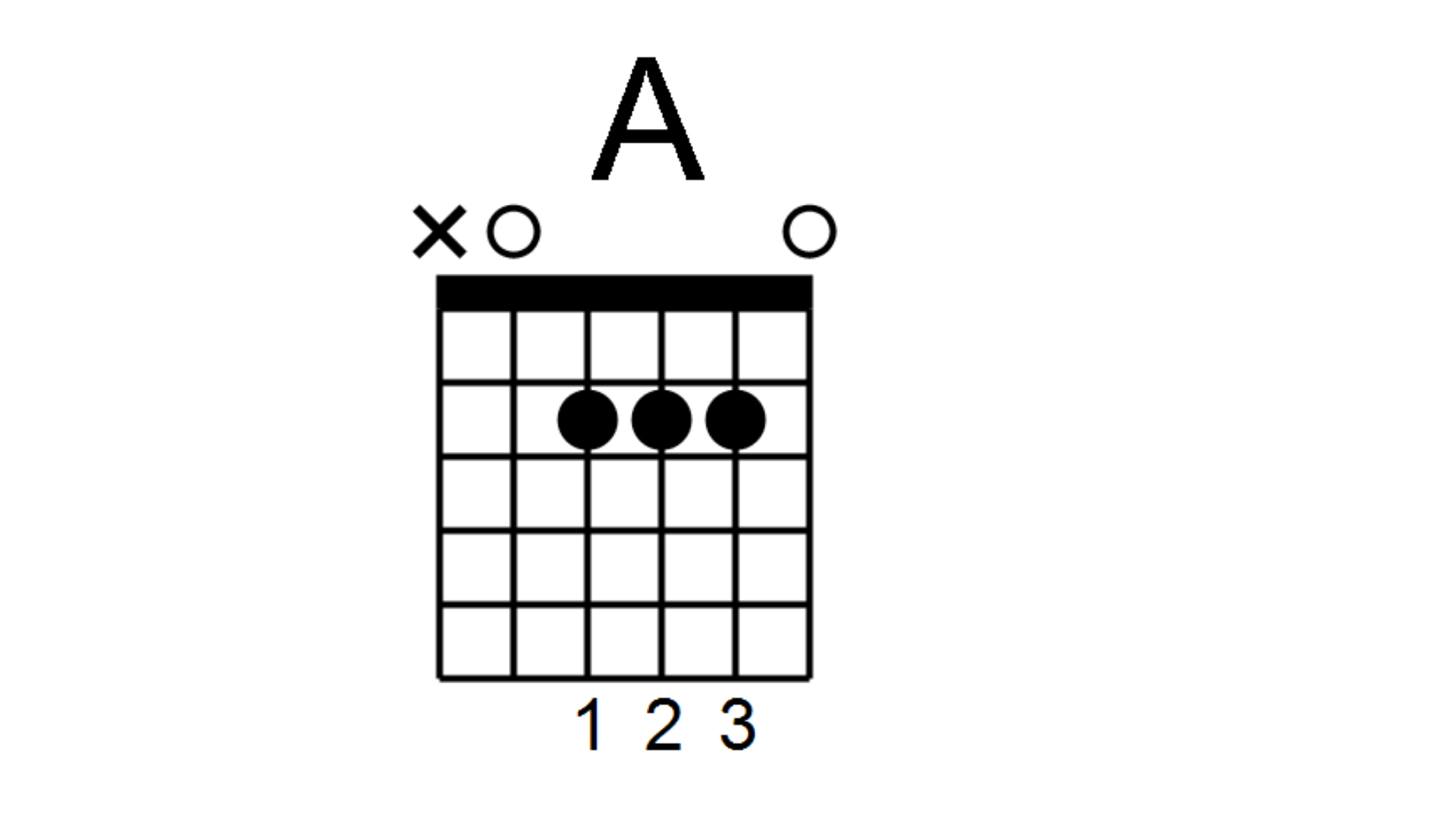
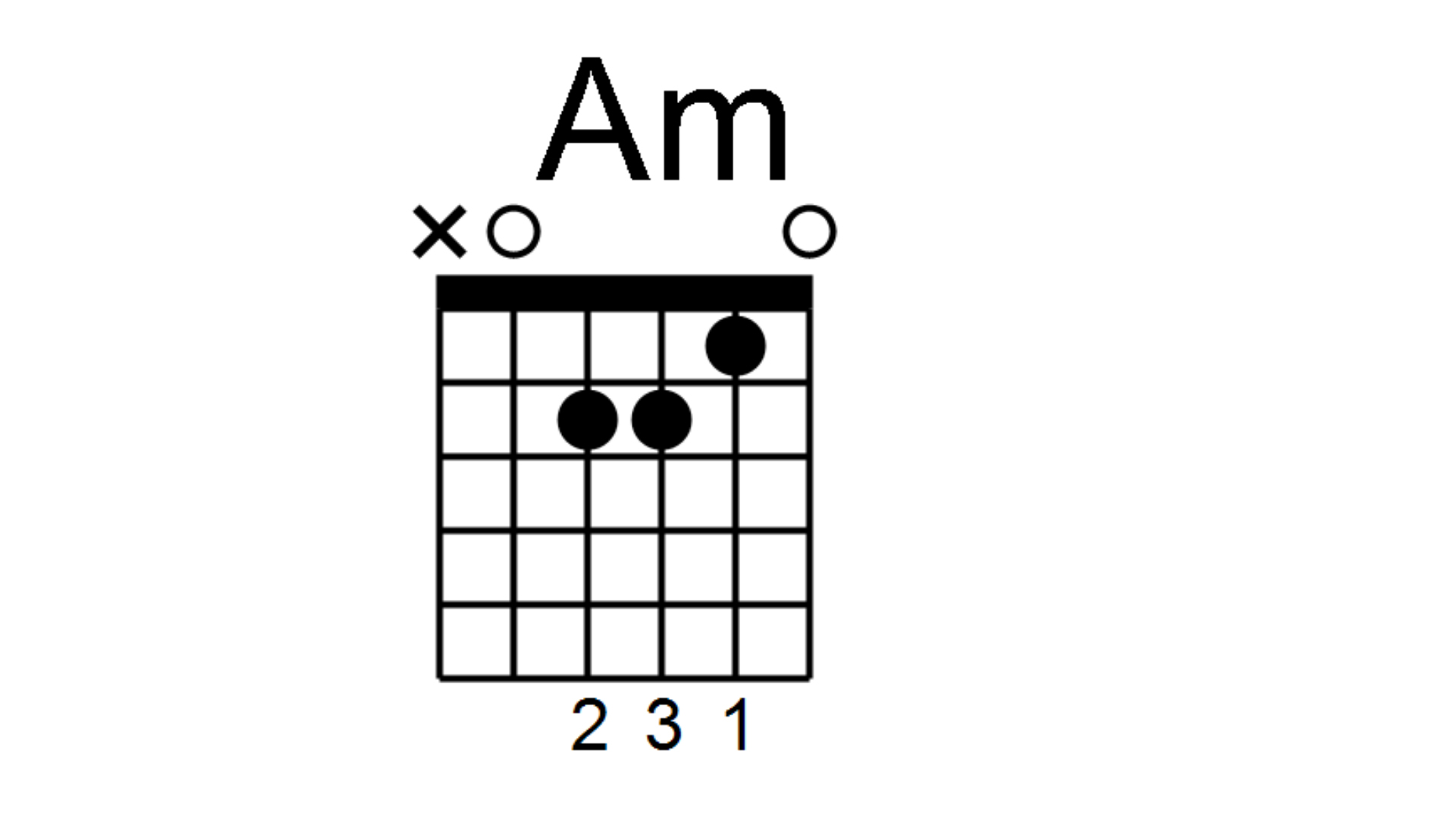
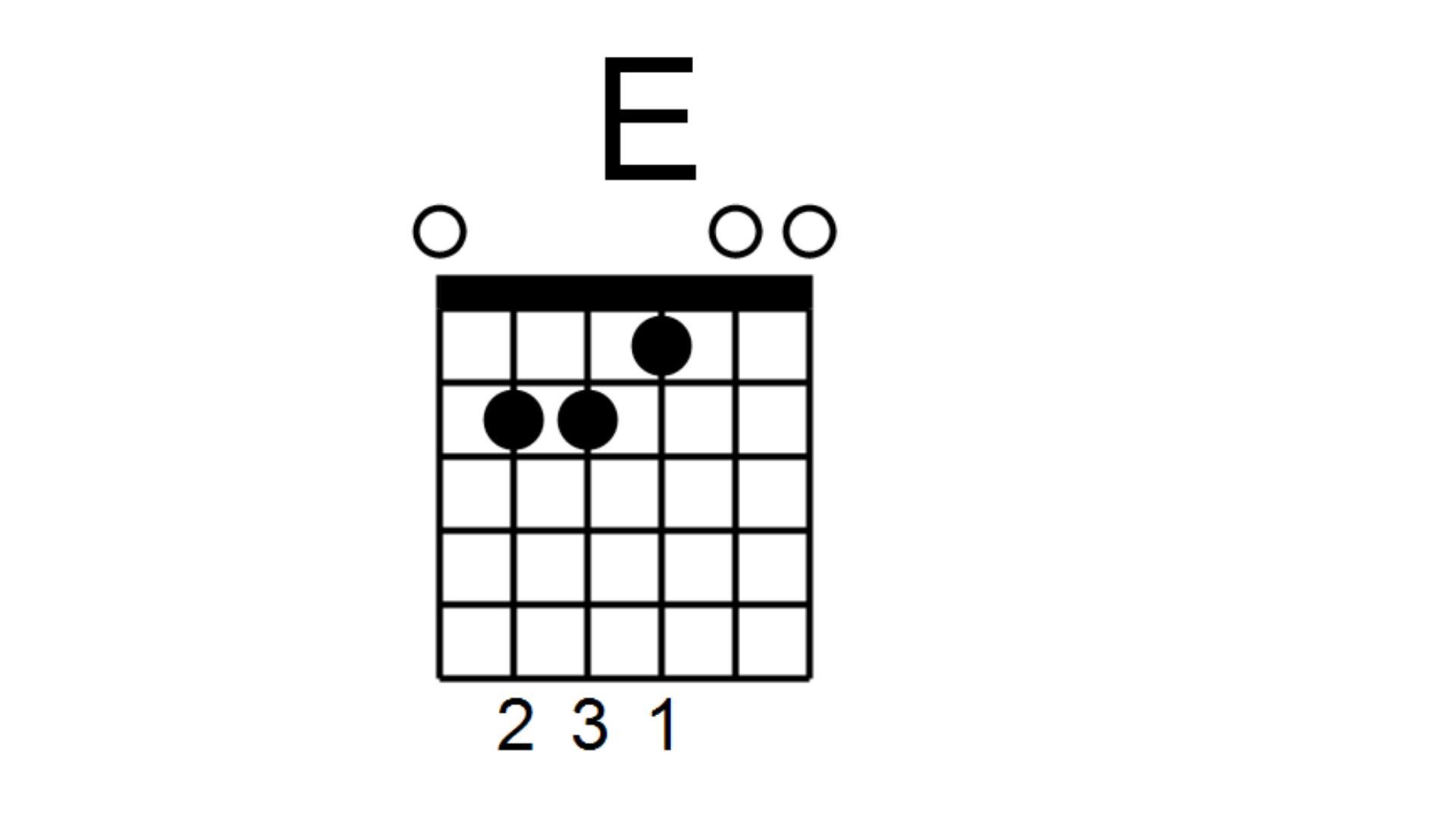
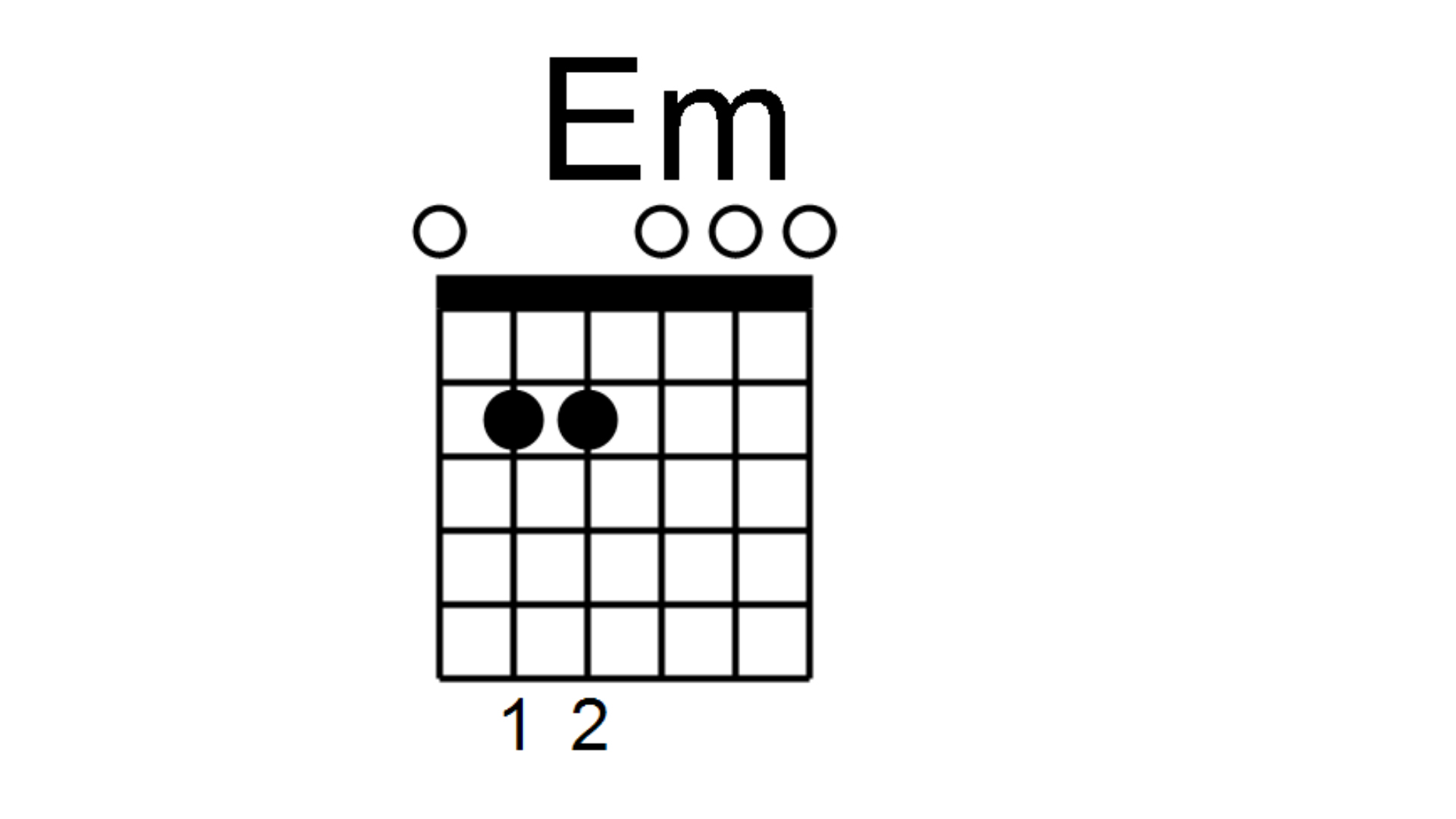
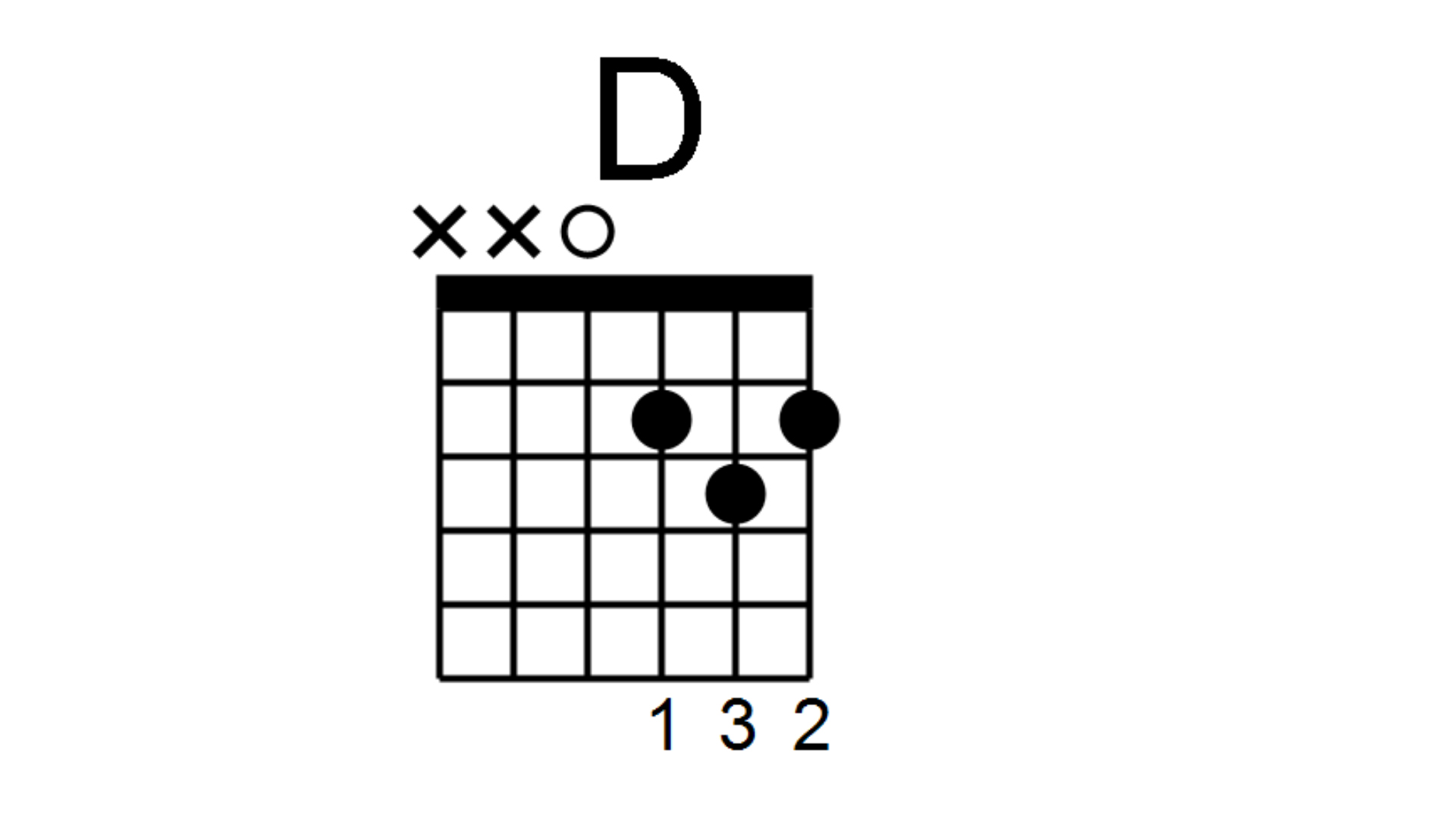
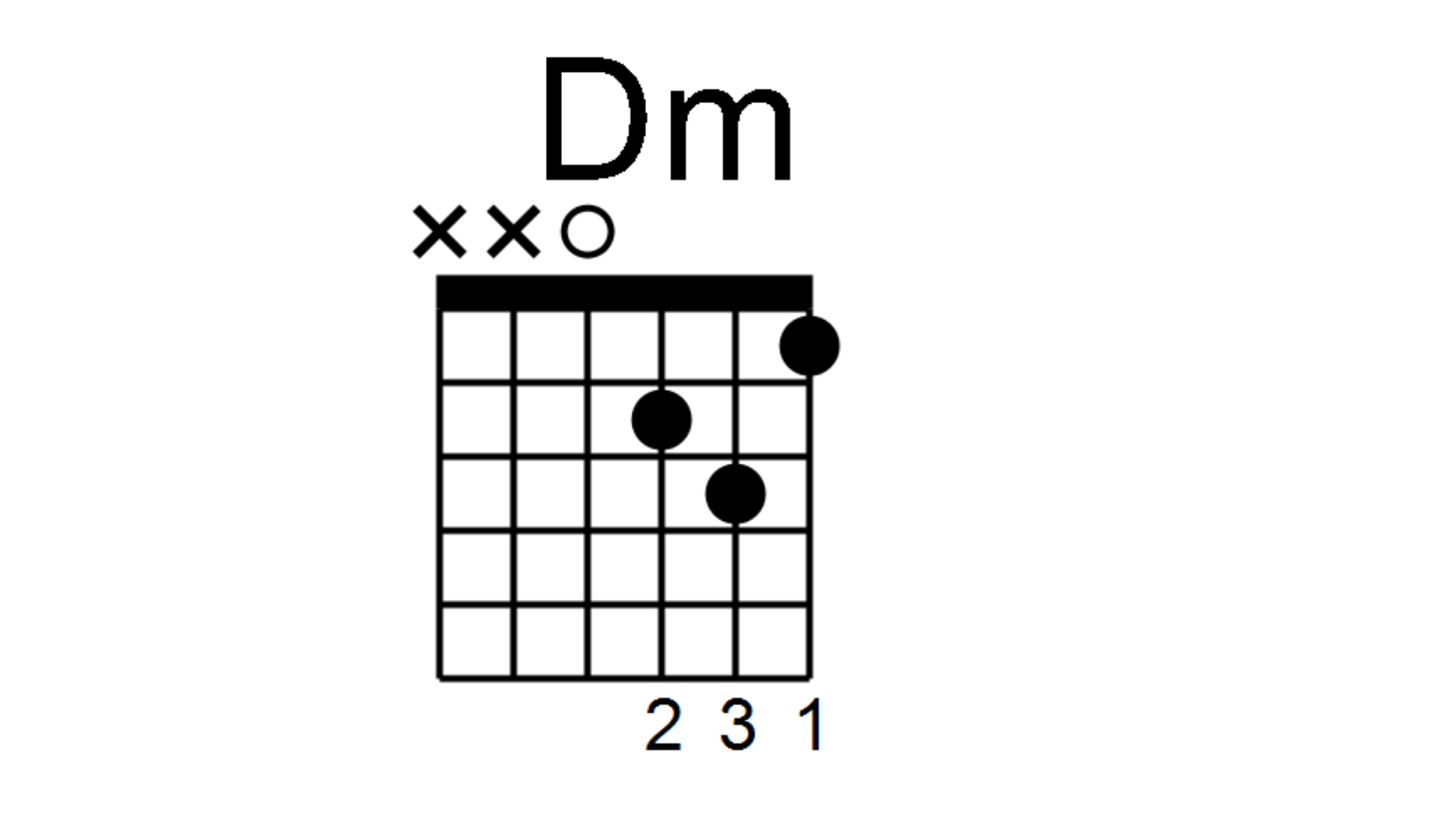
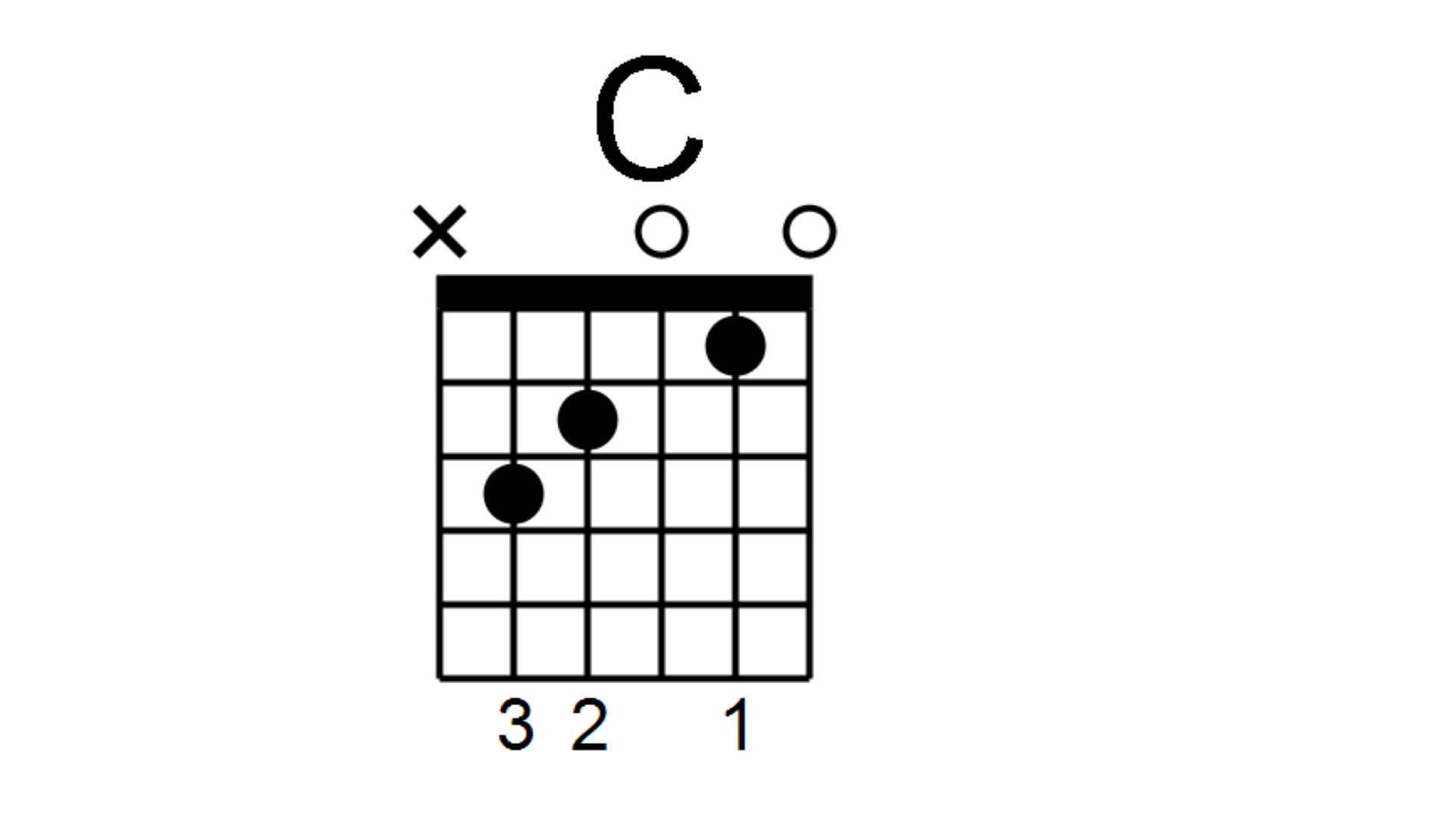
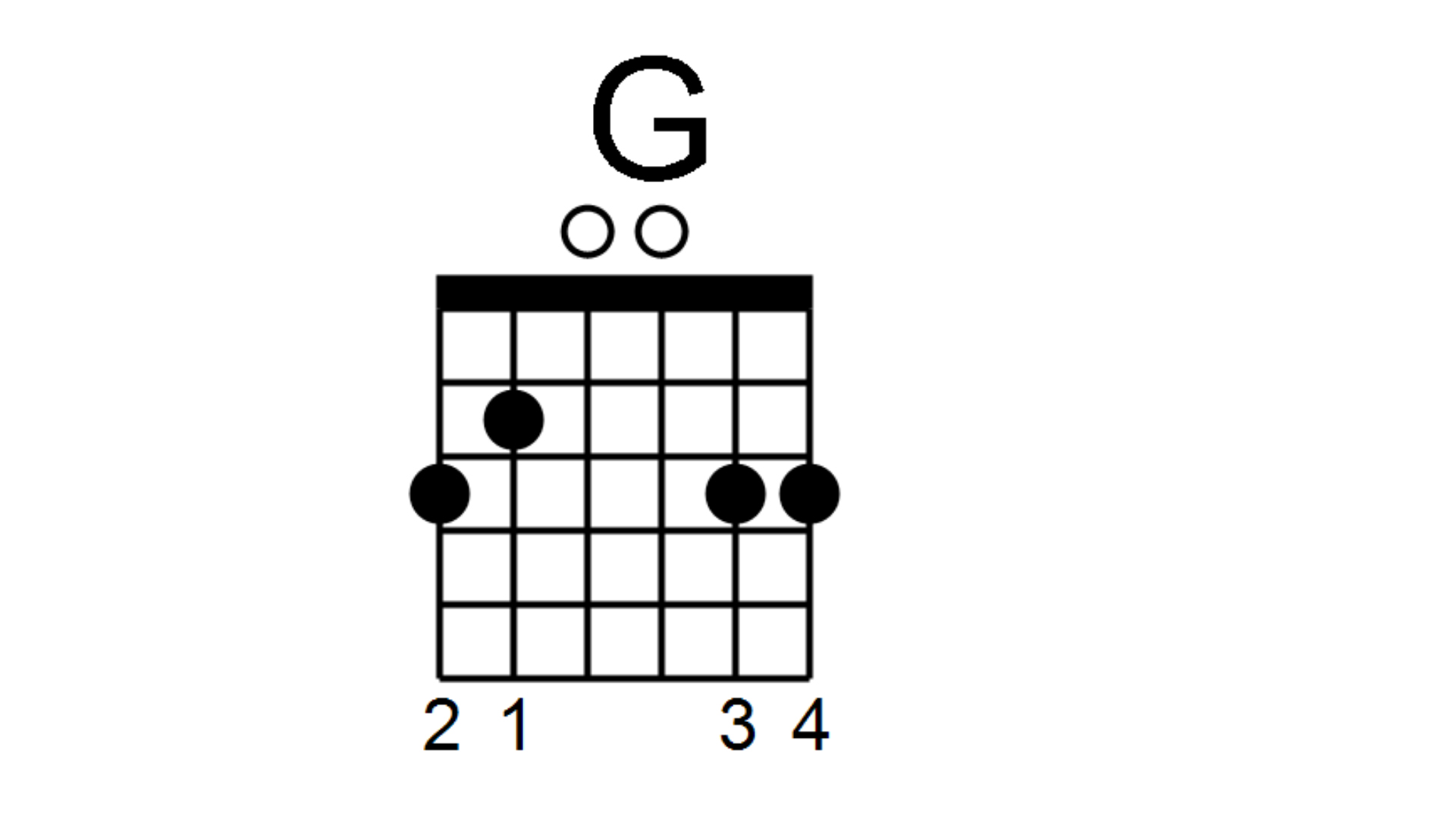
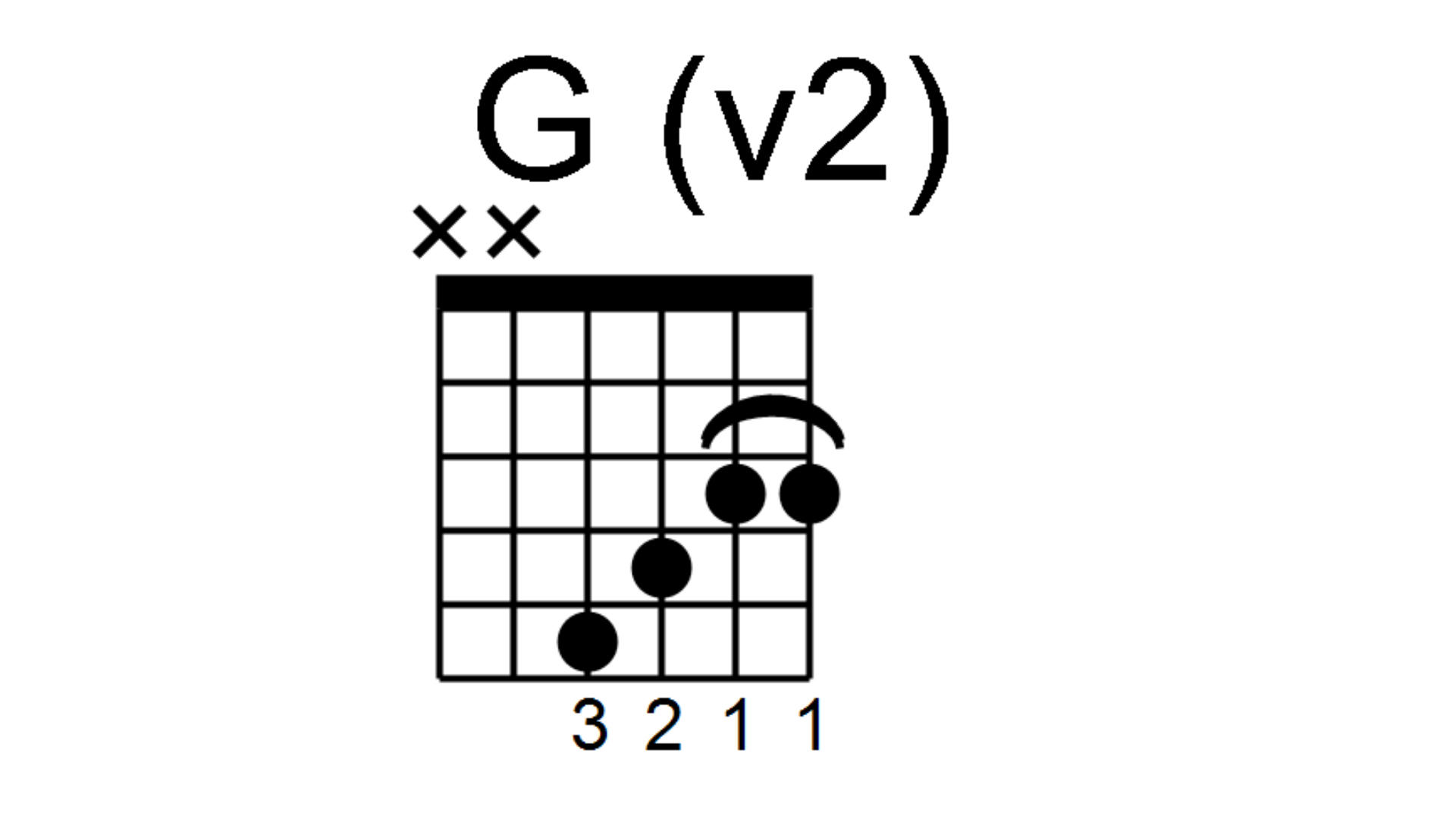

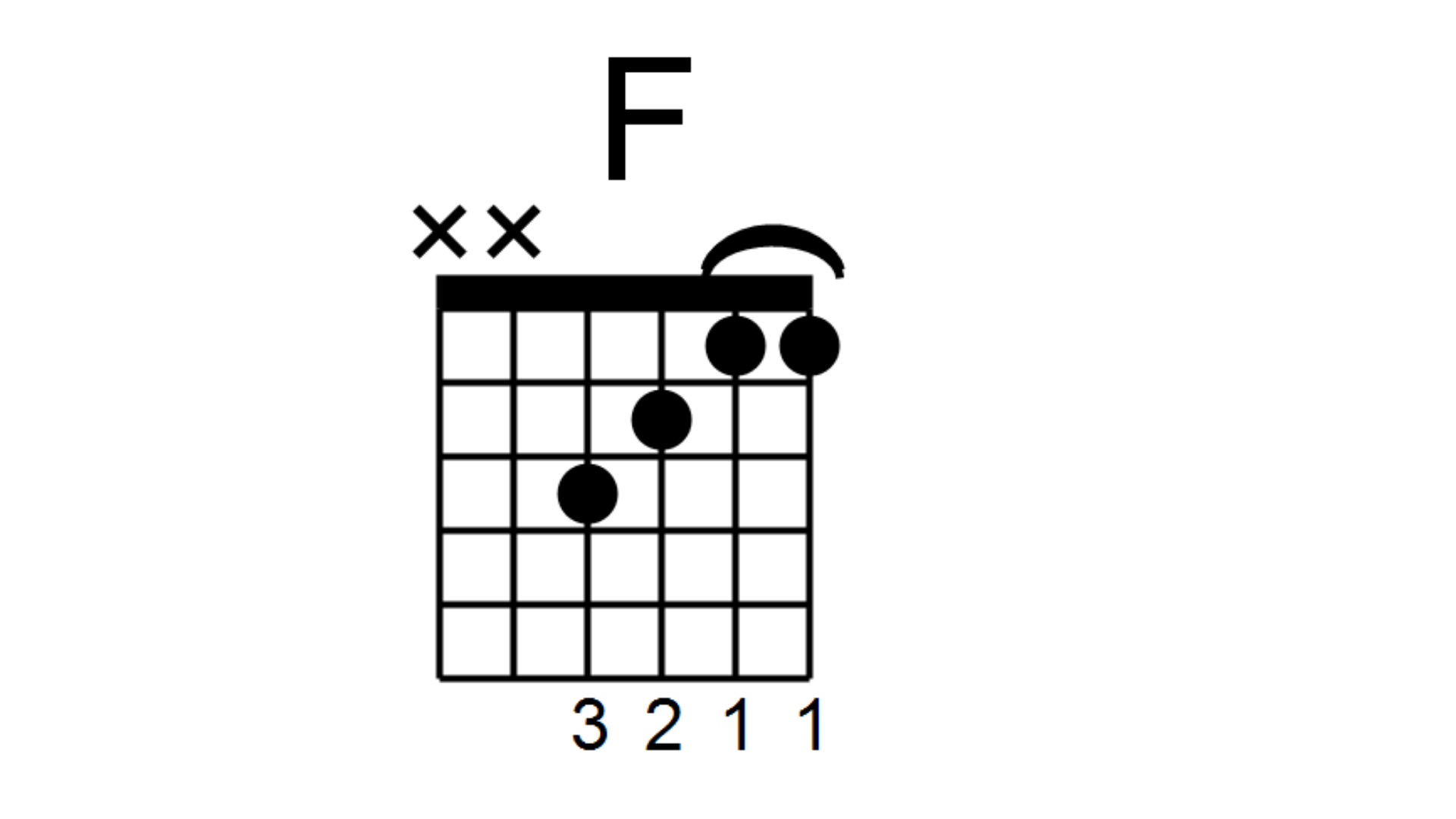
1. Bob Dylan – Knockin’ on Heavens Door
Chords Used: G, D, Am and C
This Bob Dylan classic has been covered by countless artists, but as a song to strum along to, it’s hard to beat. This simple rhythm plays a strum on each beat and doubles up on the fourth beat of the bar.
It’s a simple 8 bar loop, although some artists that cover this will just play the G D and C section. It’s such a simple track that it’s open to your own interpretation too.
The first time you play a bar of G, a bar of D and two bars of Am. The second time is the same but you just swap the Am for a C.
This is a folky sounding track so keep the chords loose and jangly and relax your strumming arm to capture the laid back sound.
2. Ben E King – Stand By Me
Chords Used: G, Em, C and D
To play this soul classic at the recorded pitch you’ll need to put a capo on the 2nd fret. This removes the need to play any awkward barre chords that you may see in other transcriptions.
The rhythm for this has a strong beat on the 1, followed by another hit on the & of the 2. Both these should be played with downstrokes and when possible, cut the chords short to capture a choppy, soul feel.
You then come back in on the & of 3 with three strums of the same chord, starting with an up strum.
This 8 bar loop repeats for the entire track and follows the same form and rhythm all the way through.
3. Eagle Eye Cherry – Save Tonight
Chords Used: Am, F, C and G
This track from Eagle Eye Cherry is fast-paced and will definitely push your chord changing skills to the limit. The inclusion of the F chord is what makes this one tricky. Many newer players may find the F to be a challenge.
This version of F is a simplified version that can be played without barring across all 6 strings.
The rhythm is fast paced here, so start slow and build up speed. Each bar contains two chord changes so you can break the bar down into two chords. There is also a slight rhythm change between the first half and second half of each bar.
You will notice that this track has a lot of downstrokes, this is intentionally there to keep the high energy feel going. This will test your stamina!
4. Tom Petty – Free Fallin’
Chords Used: D, G and A
To play this Tom Petty classic you’ll need to put a capo on the 3rd fret of your guitar.
There are three chords, all of which are very nicely spaced out. This leaves ample time for you to get your fingers from chord to chord.
Start with a strum on the first beat with the D chord, before hitting the G on the & of 2.
The second bar starts with a fast change on the 1 & from G back to D and then ends on the & of 2 with the A chord.
This track stays the same all the way through but you can add some different levels of intensity, or even switch up the strumming in the choruses if you want to make it more interesting.
5. Jimi Hendrix - Hey Joe
Chords Used: C, G, D, A and E
At some stage, every guitar player needs to learn some Jimi Hendrix. It’s almost an unwritten rite of passage into the world of guitar.
Hendrix is known for his complex and melodic rhythm guitar style. For the purpose of this lesson, this version of his classic take on Hey Joe has been simplified. Each bar has two chords and it’s played with straight quarter notes (One per beat).
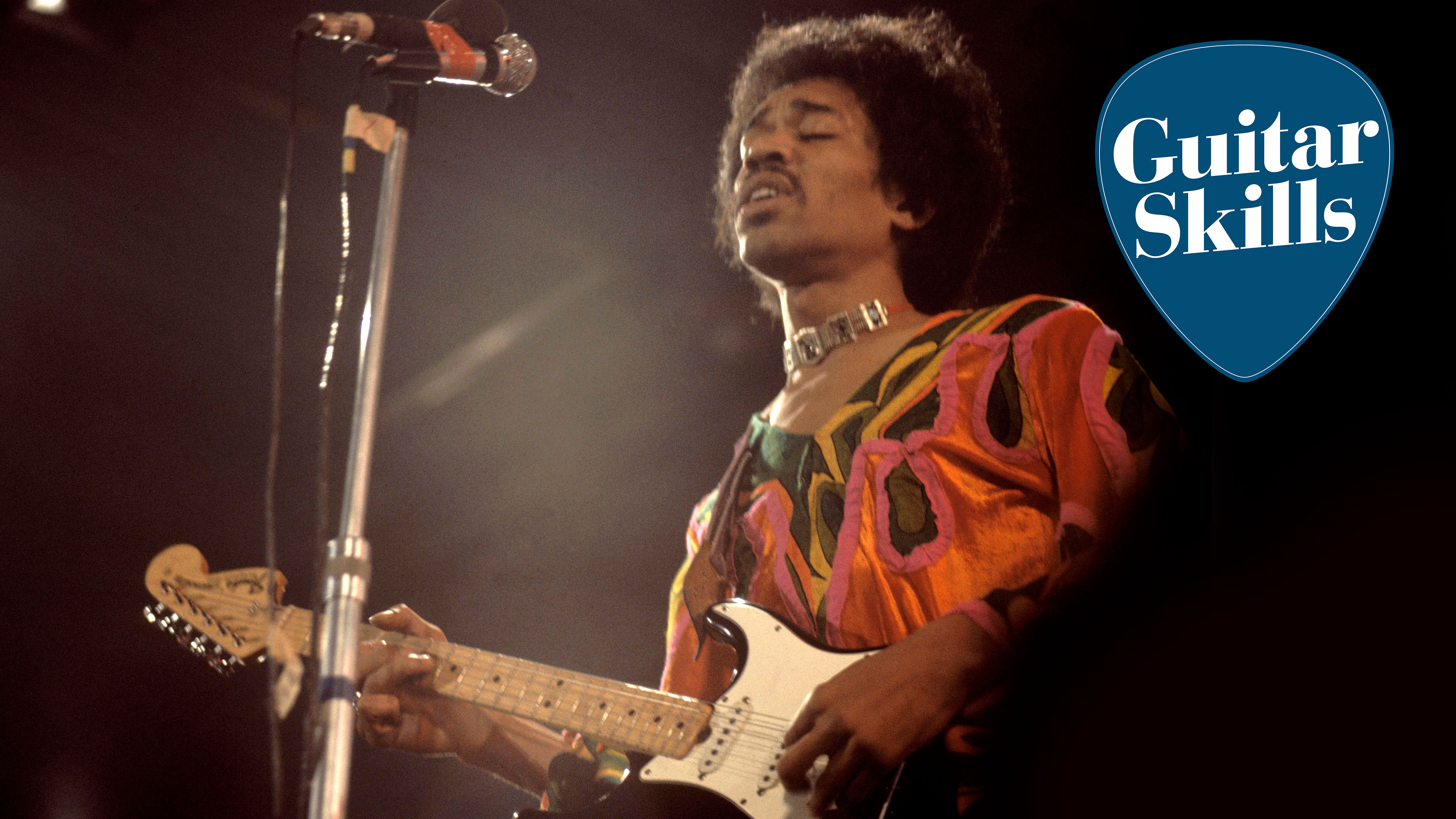
Each chord is laid across 2 beats. On the first beat, play the root note of the chord, and on the second beat play the full chord.
This changes slightly when you get to the E chords. Each of the E chord bars starts with the same chord rhythm but ends with a short single note riff.
On the record, the song changes to a walking guitar line towards the end, but this chord pattern will still work over it as the walking line still frames the same chord changes.
6. Fleetwood Mac – Dreams
Chords Used: F and G
This Fleetwood Mac track is great for getting people singing along, but, it also only uses two chords!
All you need for this is an F and a G chord. You’ll notice in the video that I play the G chord by just moving the F shape up 2 frets. This is an easier way to play this chord for the purpose of this song. It means you haven’t got to jump from the F to the open G chord and back.
You can hold one chord shape and move it up and down in line with the song.
The rhythm for this is pretty simple, but does contain a speedy change at the end of each bar. You’re playing on the 1 beat, then on the & 3. The next hit comes on the & of 4, but you then have to switch chords by the time you hit the next 1 beat. Start slow with these speedy changes and focus on accuracy.
7. The White Stripes – Hotel Yorba
Chords Used: G, C and D
This song might only be a little over 2 minutes long, but it’s fast paced and a lot of fun to play through. It uses just G, C and D and follows the same 8 bar loop throughout.
The rhythm, on paper, looks very straight and rigid. It’s a strum on the 1 and 2, and two strums on the 3 and 4 beats. However, if you listen to how Jack White plays this on the album version, it’s very loose and has a great swing to it.
Don’t worry if you’re playing this and only hitting parts of the chords at different stages in the bar, that all adds to the loose feel.
The same is true of the timing. You want this to have a slight swing so don’t focus on it being super tight, focus on it having a good groove and swing like the album version
8. 4 Non Blondes – What’s Up?
Chords Used: G, Am and C
To play this one along with the record you need to put your capo on the 2nd fret of your guitar.
Just three simple chords make up this 4 bar loop. G, Am and C. However, the rhythm is full of surprises and that’s where our biggest challenge lives.
The rhythm looks busy, and it is quite busy, but there are a few simple rules we can follow to really make this sound great.
The first 3 beats are made up of an eighth note on the beat and two sixteenth notes on the & A of the beat, so that’s three strums per beat. This happens for the first three beats of the bar.
On the final beat, you’re skipping the strum on the beat and moving it back slightly. You’re still strumming three times, but now it’s on the E & A part of the fourth beat.
9. Harry Styles – Watermelon Sugar
Chords Used: Dm, Am, C and G
Watermelon Sugar is played entirely with barre chords, but, because of the choice of chords, we can actually play this entirely with open chords. This means you can learn this in the early stages of playing, and then graduate to the full barre chord version at a later date.
The rhythm we’re using here has some very noticeable funk leanings with some intentional stops to create a funky vibe.
For the first two beats of each bar you want to play straight sixteenths, four per beat. When you get to the third beat, you will be dropping the strum on the beat and just playing the three in between, The same thing happens on the fourth beat.
If you imagine the whole bar as sixteenth notes, you’re just removing the sixteenth note on the third and fourth beat.
Alternate strum this throughout, but skip the down that would usually happen on the 3 and 4.
10. Ed Sheeran – Shape of You
Chords Used: Am, Dm, F and G
This is another track that is played entirely as barre chords, but with the help of a capo on the 4th fret, we can play this with some basic chord shapes.
This rhythm, although looking simple on paper, is quite tricky to count if you’re a newer player. It has some off-beats thrown in which can be hard count out loud.
Each bar has a pair of chords in, and each chord lasts for two beats. For the first chord, you’re playing on the 1, then you’re playing on the “E” of 1 and the & of 2. This is the same rhythm that is set out across every other chord for the track.
With these off beats being quite tricky to count out, you could just focus on listening to the rhythm and how it sounds and then trying to copy the rhythm that you hear.
